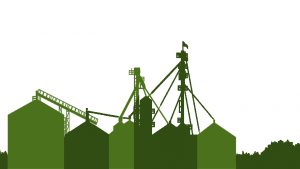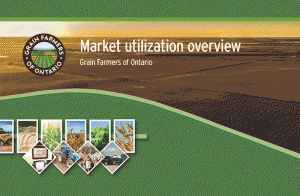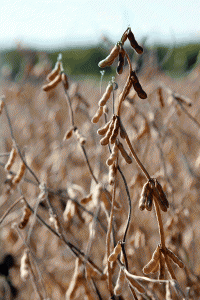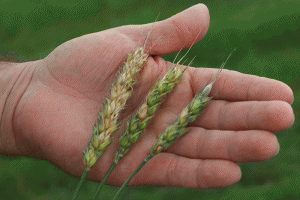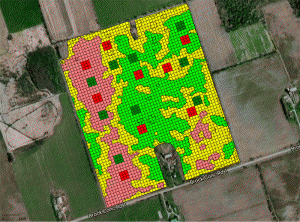Cap and Trade
FROM THE CEO'S DESK

ON JANUARY 1, the Ontario government’s Cap and Trade program came into effect and it created yet another new operating environment for grain farmers.
Cap and Trade is a system which limits how many tonnes of greenhouse gas pollution companies can emit; those who exceed the cap can purchase credits from other companies that have reduced their emissions and have surplus credits. As this increases the cost of doing business, prices increase and the consumer pays more.
By now, you’ve likely noticed you are paying more for fuel — diesel is up 6.1 cents per litre, gasoline 4.3 cents per litre. For those who heat their homes with natural gas or furnace oil, your monthly bills will have an extra $5 (on average) tacked on. What you haven’t seen yet, but is still to come, is the increase on your invoices for all of the inputs you need to purchase for your farm.
Farmers are not classified as emitters under the program — it currently only targets a specific list of mineral and chemical producers as well as electricity importers, natural gas distributors, and petroleum suppliers. The good news is, you don’t have to do any reporting and verification paperwork about your activities that are a source of greenhouse gases. The bad news though, is farmers are seeing an increased cost of doing business without a way to offset these costs. Contrary to what other farm leaders claimed during the consultation process with the climate change committee, we won’t see this as a line item on our income sheets this year.
Grain Farmers of Ontario asked the government to sit down with us specifically as a unique partner to ensure we could be part of a program that benefitted the environment and farmers — but they never did. Offsets and credits for farmers, and participation in the ‘trade’ portion of cap and trade, could be available in the future but we don’t know what that will look like yet or how or when it will be implemented. There’s also no guarantee there will be a cost benefit to participate in such a program given the time commitment it would take.
One way of offsetting some of these added costs would be something similar to what Alberta is doing for the agriculture industry there. Marked farm fuels are exempt from the carbon levy (www.alberta.ca/climate-carbon-pricing.aspx). We will continue our efforts with the government and will be asking for a similar exemption for Ontario farmers to help keep us competitive.
I’m not against doing what we can to limit our carbon footprint as long as it’s done in a common sense fashion. Farmers have already lessened their environmental impact through the use of new technology and best management practices — changes that have also helped improve our bottom line.
The government’s goal with the Cap and Trade program is to lower the amount of greenhouse gases emitted by big polluters in an effort to improve air quality and reduce the impacts of climate change. However, Ontario is responsible for less than one per cent of global emissions, which means any actions we take won’t have a significant global impact until major polluters such as the U.S., China, and India are also motivated to make reductions. The current Cap and Trade program is just a tax that puts us at a competitive disadvantage both domestically and internationally. •

















